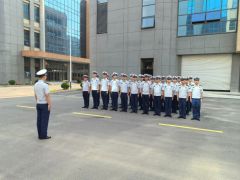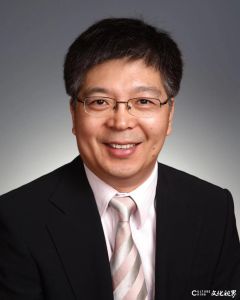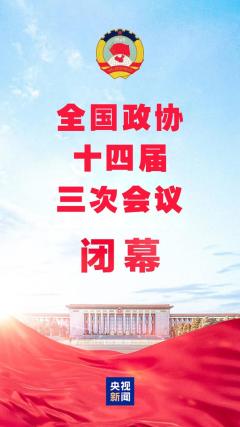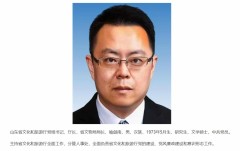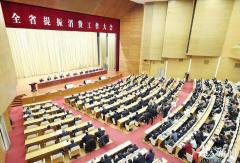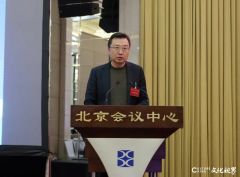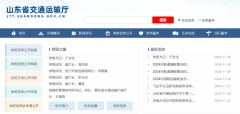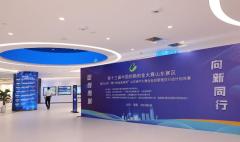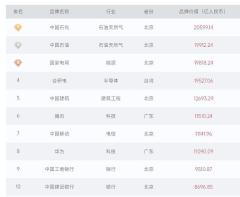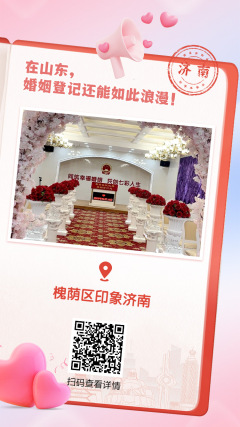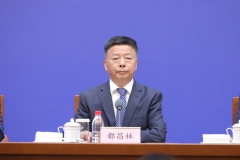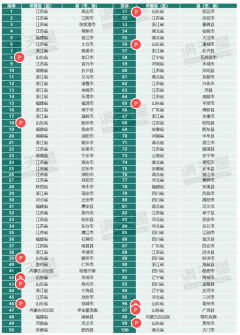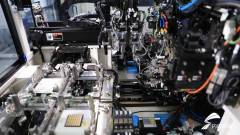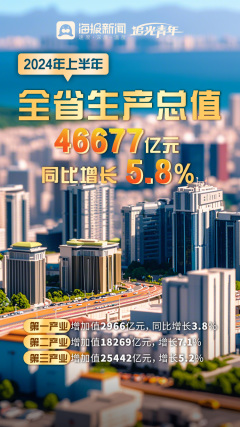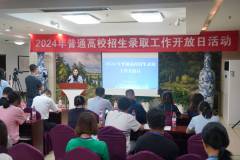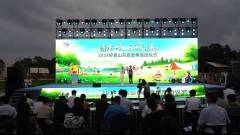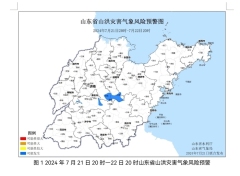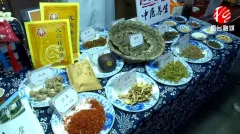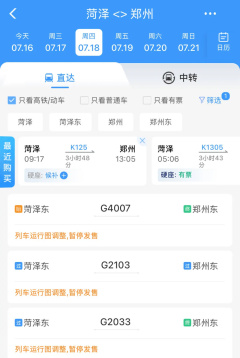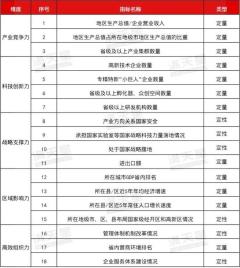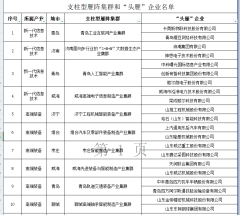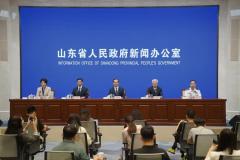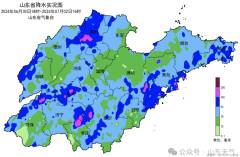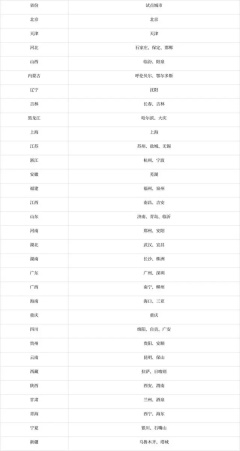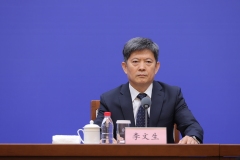
站台中国当代艺术机构将于8月23日启动李津798驻留项目《契入》的第二阶段。李津常常主动将自身“契入异域”,毫无保留地让生活与创作在陌生的新鲜中激荡。项目第一阶段以他数次在世界各地行走和创作的作品为线索呈现,同时展厅也转变为艺术家的工作现场,他在此驻足观察、体会、交往,既面向着798的场域,也以此为基点与过往的经验共振。798或许对每个艺术家和从业者而言都既熟悉又陌生,它包裹着某种期待和选择的文化共识,既有着表面的熙攘与活力,也积淀着困惑与回望延展出的沉思。
项目的第二阶段将呈现“契入”期间的驻场创作。798并非是李津驻留期间绘画的具体对象,而是一个让生活和创作共生的舞台。它不止于一个空间和地理位置,而更是所有与此密切相关的视野与工作中所互相渗透的举手投足,以及在此来往的人、食物、时间、经验与感受。李津契入环境,跟着感觉自然而然地行走,甚至似乎回应着一种别样生活的召唤,让所有的相遇都潜移默化的留下痕迹,以至于与环境达成了一种默契。而这些创作由沉浸的观看而生长,又再次由艺术家的纸笔投入到未来观看的汪洋之中,既是应“景”的回应,也更是应“心”的前行之旅。
Platform China Contemporary Art Institute will launch the second phase of Li Jin’s 798 Residency Project Immerse on August 23rd. Li Jin frequently and proactively immerses himself in “alien territories,” unreservedly allowing life and creation to ignite amidst the freshness of the unfamiliar. The project’s first phase presented works created during his journeys around the world, simultaneously transforming the gallery space into the artist’s actual workplace. Here, he paused to observe, experience, and engage—facing the specific context of 798 while also using it as a vantage point to resonate with past experiences. For every artist and practitioner, 798 is perhaps both familiar and alien. It embodies a cultural consensus wrapped in certain expectations and choices, possessing both surface-level bustle and vitality, as well as an accumulated confusion and the serene contemplation born of retrospection.
The project’s second phase will showcase the on-site creations produced during the Immerse residency. 798 is not the literal subject depicted in Li Jin’s residency paintings; rather, it serves as a stage where life and creation coexist symbiotically. It extends beyond being merely a physical space and geographic location; it is, more significantly, the subtle permeation of gestures and bearing arising from all the closely related perspectives and work practices that mutually infuse one another, alongside the people, food, time, experiences, and sensations flowing through it. Li Jin immerses himself in the environment, following his senses and walking naturally, seemingly even answering the call of an alternative existence. This allows every encounter to leave its trace through gradual assimilation, ultimately enabling him to achieve a tacit harmony with his surroundings. These creations grow from immersive observation, only to be cast once more by the artist’s brush and paper into the vast ocean of future viewing. They constitute both a scenery-driven response and, more profoundly, a soul-led journey forward.

李津《鱼戏图》|Li Jin, Fish at Play
纸本设色 Ink and color on paper
22×20cm,2025

李津在798驻留,Li Jin in Residency
站台中国这次“契入”项目是关于我与“行走”与“在地”创作关系的一次探索。我的艺术随着我行走的历程在不断地变化,选择在798驻留也是“行走”的一部分。798在我的心里是北京文化艺术集中的地标,艺术氛围集中,浓烈而又复杂,在中国几乎不能够被代替。我和海涛在项目立意的时候就非常兴奋。
我原计划在驻留中安排一些活动,但很不巧,在展览前把腰扭了。这让我的行动受到一些限制,反而能一直坐在视野特别好的画廊空间里,看798的主干道上来来去去的人流。给我最深的印象还是年轻人居多。这种活力对我来说是一个特别大的印象和收获。所以在视觉影响下,好像突然间我笔下的一些人物也开始年轻了,注入了特别新鲜亮丽的感觉。这种感觉并不是完全具体的,比如人物造型或者姿态,而是一种新鲜感,一种青春的气息。这种气息,就是所谓洁白无瑕吧。
我看到好多这样的女孩儿,一脸的稚气和单纯,挺感人的,倒给我很多启示。后来我就把它转换成了另外一个东西。其实我在乎的并不是表面的传达,也很少像画风景一样去写生。我去任何地方每次感受到的更多是气象,在一个新的环境里综合当下和传统文化的底蕴,进而产生启发和感染。在798画的白菜,明显水亮,明显干净,明显年轻。让我想的就是那种特别。其实艺术是这样,它不是像我们讲的对等,你看见什么就画什么。它是到内心里以后,有些气息是完全可以转换题材的。题材不是追求的目的,是寻找一个最适合表达的概念和选题,这个是最重要的。

李津《啤酒美人》|Li Jin, Beer Beauty
纸本设色 Ink and color on paper
22×20cm,2025
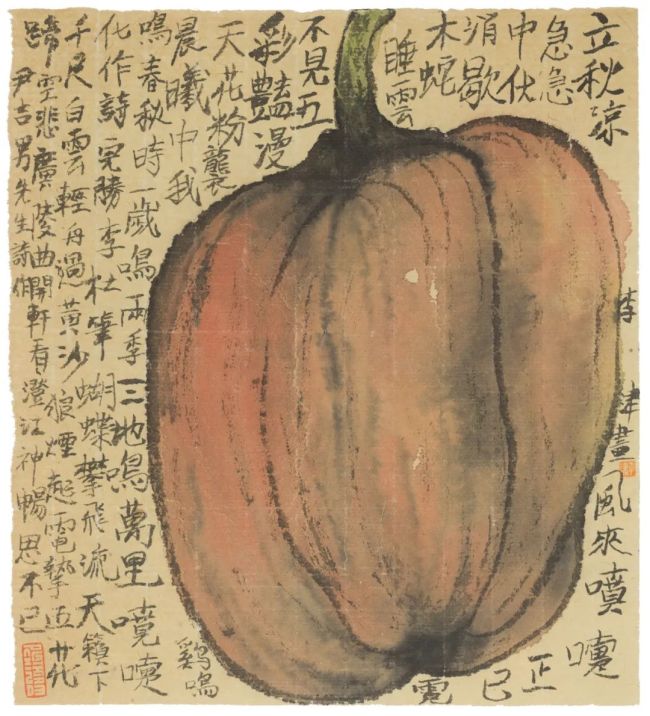
李津《立秋》|Li Jin, Beginning of Autumn
纸本设色 Ink and color on paper
22×20cm,2025
我以前去的很多地方,比如英国、德国,有着文化传统的异样性和刺激,这是非常直接的。你是一个陌生的人,在看陌生的环境。只要有感受的人,就能感受到那种新鲜感,很饱满。而798不同,它是一个熟悉的地方,基本上都是中国人在那儿走,和在国贸、三里屯、南锣鼓巷看到的人也都有点接近。而且我认为真正启发你的,不是千姿百态的美女,而是生活的氛围。798的外表给我带来的并不是特别明确的刺激,而反倒是反思。匆匆人流的后面,798真正沉淀的还是这三十年中国的艺术走过来的痕迹和脚步,在草木人文中形成包浆。这种包浆绝不是一招一式的表面文章,而是从某种程度上经历过辉煌,也经历过衰落之后的沉淀。
798不是一个简简单单的几天就能看透的地方,很难一下抓住人潮汹涌背后真实的面貌。而我寻找的实际上是798这个气场反射给我的气韵。这么多的画廊和展览,这么多的艺术家参与其中,混搭了一个非常丰富的内容,需要慢慢去体验。所以这次798的“契入”是一个开端,还是“试笔”的阶段。但通过这次“调试”,发现很多方面都很合拍,我也乐于多来798走走看看。因为这个东西不是走马观花,独特的环境和地域里能让人产生不同的看待艺术的视角和宽度。如果未来我的创作发生了一些转变甚至开启新的面貌,这些潜移默化的影响功不可没。
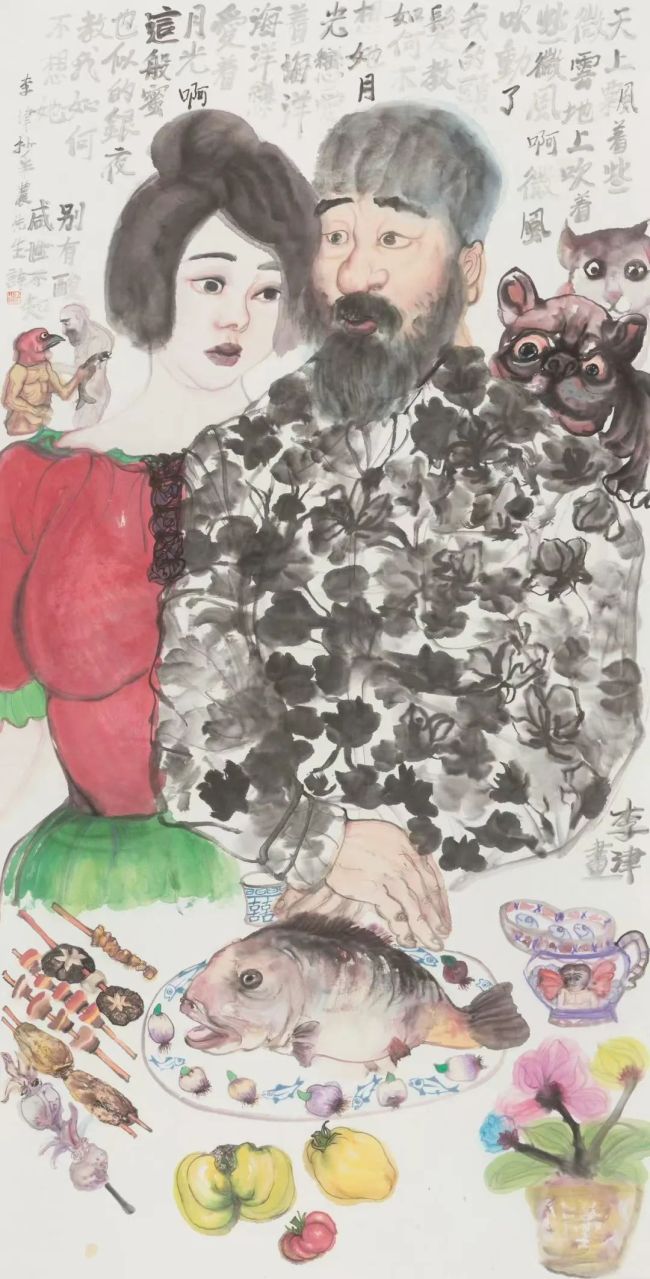
李津《半农诗意》|Li Jin, Bannong's Poetic Essence
纸本设色 Ink and color on paper
139×69cm,2025
Platform China’s Immerse project is an exploration of the relationship between my art practice, “walking,” and site-specific creation. My art continuously evolves through my journeys, and choosing to reside at 798 is part of this very “walking.” In my mind, 798 is the epitome of Beijing’s cultural and artistic concentration – its art atmosphere is intense, complex, and virtually irreplaceable in China. Haitao and I were truly excited when we conceived the project’s concept.
I had originally planned some activities during the residency, but unfortunately, I injured my back just before the exhibition. This limited my mobility somewhat. Sitting in the gallery space with its excellent view, I watched the flow of people coming and going along 798’s main avenue. What struck me most was the predominance of young people. This vitality left a particularly strong impression on me and felt like a significant gain. So, influenced by this visual input, some of the figures emerging from my brush suddenly seemed younger, infused with an extraordinary freshness and vibrancy. This feeling isn’t entirely concrete – not about specific forms or postures – but rather a sense of novelty, an aura of youthfulness. This aura, one might say, is pure and unblemished.
I saw many young women like this, their faces full of innocence and simplicity – quite moving, and surprisingly enlightening for me. Later, I transformed this feeling into something else. What I truly care about isn’t superficial representation, nor do I often sketch scenes like landscapes. Wherever I go, what I perceive more profoundly is the prevailing atmosphere (qixiang) of a place. In a new environment, absorbing its present moment alongside its traditions and cultural heritage, I find inspiration and resonance. The cabbages I painted in 798 are noticeably more luminous, cleaner, younger. They made me contemplate that very uniqueness. This is how art works, actually. It’s not a direct equivalence, simply painting what you see. It’s about internalizing an impression; certain essences can completely transform the subject matter. The subject matter isn’t the ultimate goal; it’s about finding the most suitable concept and theme for expression. That is paramount.

李津《好看的背影》|Li Jin, A Pleasing Silhouette
纸本设色 Ink and color on paper
44×38cm,2025

李津在驻留创作,Li Jin in Residency
In many places I’ve visited before, like the UK and Germany, the distinctiveness and stimulation of their cultural traditions were very direct. You are a stranger observing an unfamiliar environment. Anyone sensitive can feel that intense freshness. 798 is different. It’s a familiar place, filled mostly with Chinese people, somewhat similar to the crowds you see in Guomao, Sanlitun, or Nanluoguxiang. Moreover, I believe what truly inspires you isn’t the myriad beautiful women, but the ambience of life itself. 798’s exterior didn’t offer me particularly explicit stimulation; rather, it prompted reflection. Behind the bustling crowds, what 798 truly embodies is the patina-like cultural sedimentation – the traces and footsteps of Chinese art over these past thirty years, ingrained in its very fabric. This patina is by no means superficial ornamentation; it’s the sedimentation formed, to some extent, through experiencing both glory and decline.
798 isn’t a place easily comprehended in a few simple days; it’s hard to instantly grasp the true face beneath the surging crowds. What I sought, in reality, was the essential spirit (qiyun) reflected back to me by 798’s unique aura (qichang). With so many galleries, exhibitions, and participating artists, it creates a richly layered mix that demands slow, immersive experience. Therefore, this Immerse stint at 798 is a beginning, still a phase of “testing brushes.” Yet through this “trial-and-testing,” I found many aspects resonated harmoniously, and I’ve come to enjoy spending more time walking and observing in 798. Because this isn’t about a cursory glance; unique environments and locales can foster different perspectives and broaden one’s vision of art. If my future work undergoes shifts or even opens up new dimensions, these subtle yet profound influences will have played an indispensable role.
(文/李津,来源:站台画廊)
艺术家简介

李津,1958年生于天津,1983年毕业于天津美术学院国画系,现任天津美术学院中国画系副教授。2013年被AAC艺术中国评为年度水墨艺术家。2014年被权威艺术杂志《艺术财经》艺术权力榜评为年度艺术家。2015年在上海龙美术馆举办大型回顾展“无名者的生活——李津三十年”。作品被波士顿美术馆、西雅图美术馆、中国美术馆、香港艺术馆等机构收藏。
